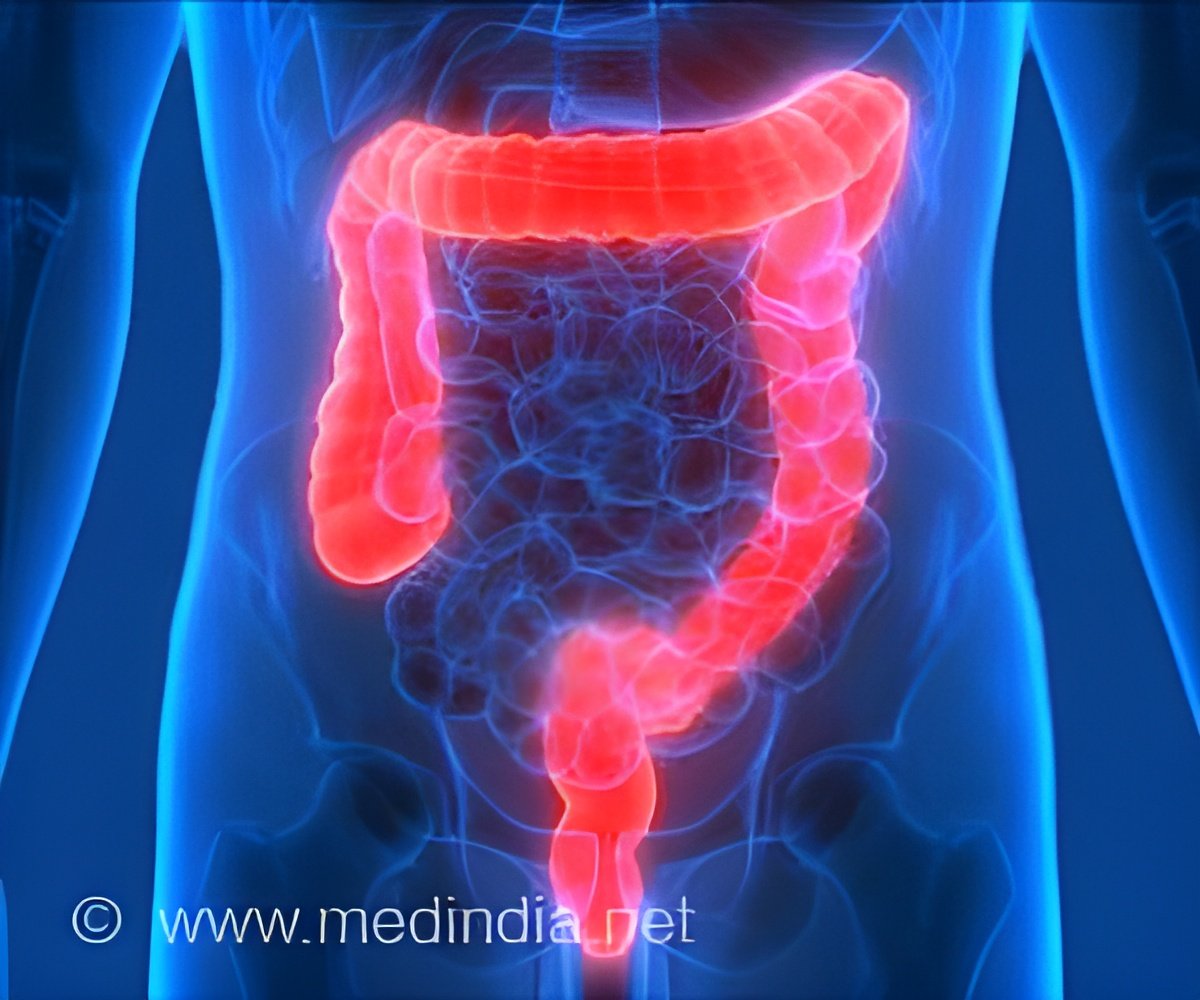
‘The digestive symptoms, particularly diarrhea, can be the initial presentation of COVID-19, and may only later or never present with respiratory symptoms or fever.’
Tweet it Now
According to Brennan M.R. Spiegel, MD, MSHS, FACG, Co-Editor-in-Chief of The American Journal of Gastroenterology, “This study is vital because it represents the 80% or more of patients who do not have severe or critical disease. This is about the more common scenario of people in the community struggling to figure out if they might have COVID-19 because of new-onset diarrhea, nausea, or vomiting.” Digestive Symptoms Present in Mild COVID-19 Disease, Sometimes Without Fever
The analysis included 206 patients with low severity COVID-19, including 48 presenting with a digestive symptom alone, 69 with both digestive and respiratory symptoms, and 89 with respiratory symptoms alone. Between the two groups with digestive symptoms, 67 presented with diarrhea, of whom about one in five experienced diarrhea as the first symptom in their illness course. The diarrhea lasted from 1 to 14 days, with an average duration of over five days and a frequency around four bowel movements per day. Concurrent fever was found in 62% of patients with a digestive symptom, meaning that nearly one-third did not have a fever.
Delayed Diagnosis for COVID-19 Patients with Digestive vs. Respiratory Symptoms
Patients with digestive symptoms presented for care later than those with respiratory symptoms (16 day vs. 11 day delay, p<0.001) and this delay in care is consistent with a recent paper by Pan, et al. that analyzed 204 sicker patients from three hospitals in Wuhan, China that was published as a pre-print article in The American Journal of Gastroenterology on March 18, 2020. In this analysis of patients with milder COVID-19 disease by Han, et al., those with digestive symptoms had a longer total course between symptom onset and viral clearance. Patients with digestive symptoms were more likely to be fecal virus positive (73% versus 14%) and have a longer overall course of the illness versus those with respiratory symptoms.
Advertisement
Failure to recognize these patients early and often may lead to unwitting spread of the disease among outpatients with mild illness who remain undiagnosed and unaware of their potential to infect others. The data in this study highlight the presence and features of this important subgroup of COVID-19 patients and should be confirmed in larger international studies.”
Advertisement
• There is a unique sub-group of COVID-19 patients with low severity disease marked by presence of digestive symptoms.
• These patients are more likely to test positive in stool for COVID-19 RNA, to have a longer delay before viral clearance, and to experience delayed diagnosis compared to patients with respiratory symptoms but no digestive symptoms.
• Importantly, only two-thirds of people in this study had a fever, meaning it is not even necessary to have a fever to suspect the diagnosis.
• These data emphasize that patients with new-onset digestive symptoms after a possible COVID-19 contact must be suspected for the illness, even in the absence of cough, shortness of breath, sore throat, or fever.
Source-Newswise














